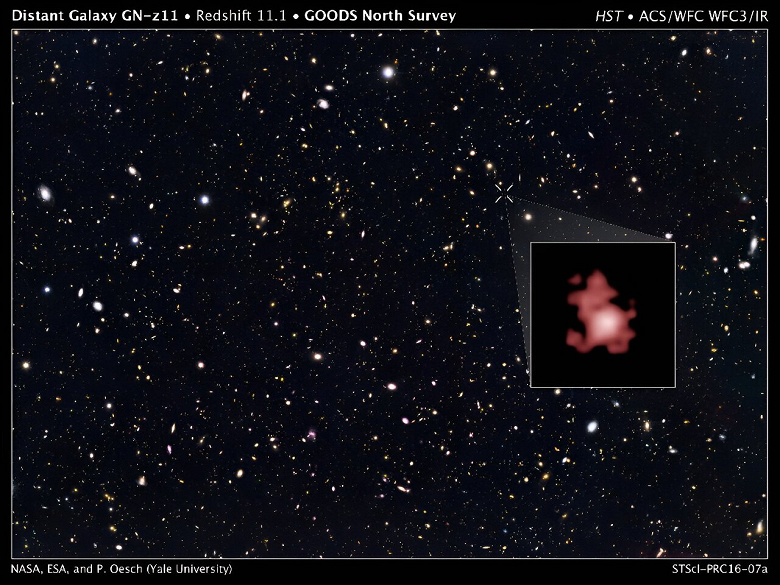Researchers have discovered a black hole that appeared at the dawn of the Universe, which will “eat out” its galaxy
An international team of scientists using the James Webb Space Telescope (JWST) has discovered a black hole that has existed for more than 13 billion years and formed just 400 million years after the Big Bang. The discovery, published in the journal Nature, caused amazement and was highly praised in the scientific community.
This black hole is millions of times more massive than our Sun, challenging conventional wisdom about the formation and evolution of black holes. The currently dominant theory is that supermassive black holes located at the centers of galaxies, including our Milky Way, take billions of years to reach their mass. But the discovery of a black hole indicates that there are alternative mechanisms, like «being born big» or intense absorption of matter, which may play an important role in their formation.
The study's lead author, Professor Roberto Maiolino, said: “We have discovered this huge black hole in the early universe, which is likely to force a rethink of previous theories. The earliest galaxies had an abundance of gas, which could have provided food for black holes at such an early stage».
One of the key details of the opening — that the black hole is located in the GN-z11 galaxy, 13.4 billion light years away from Earth. Observing a black hole at such a vast distance allows researchers to peer into the past of the Universe.
Scientists also note the active process of matter accretion around the black hole in GN-z11, which occurs at a higher level compared to later black holes. «We are observing a much more intense absorption of matter than is usually observed in the later eras of the Universe»,— says Maiolino.
The JWST telescope played a significant role in this discovery. Launched in December 2021, it is the most powerful space telescope in history and has unique capabilities in infrared astronomy. JWST opens up new perspectives on the study of the Universe and may shed light on even earlier black holes. Scientists hope that further observations using JWST will help better understand the various mechanisms of black hole formation, including their initial states and growth rates.
The findings of the study suggest that the structure of the Universe at the earliest stages was much more complex and diverse than expected. The discovery of this black hole in the GN-z11 galaxy represents only the beginning of an epoch-making journey in understanding the processes that lead to the formation and evolution of black holes.

